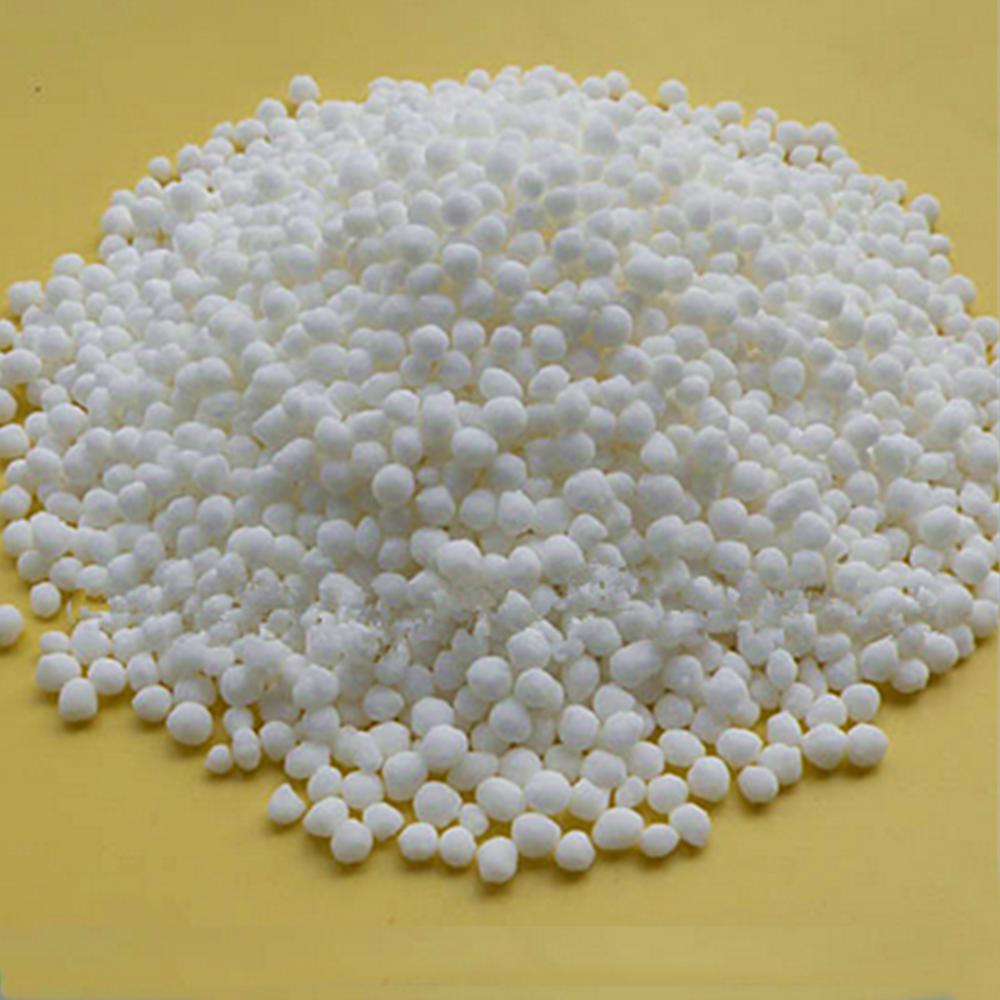



Properties and Applications of Plumbous Oxide in Various Industries
Plumbous Oxide An Overview of Its Properties, Uses, and Safety Concerns
Plumbous oxide, also known as lead(II) oxide or lead oxide (chemical formula PbO), is an inorganic compound derived from lead. It exists primarily in two forms a yellow-orange powder that is known as litharge and a red crystalline compound known as massicot. This compound has been utilized in various applications for centuries, but its use also raises significant environmental and health concerns due to the toxicity of lead.
Chemical Properties
Plumbous oxide is characterized by its high melting point, which is approximately 888 °C (1630 °F), and a relatively low solubility in water. However, it is soluble in acids, forming lead(II) salts, which are often used in various chemical reactions and industrial processes. The oxide exhibits amphoteric properties; it can react with both acids and bases. For instance, when treated with acids, it forms lead salts, and with strong bases, it can form plumbates.
Production
Lead(II) oxide is usually produced by the oxidation of lead or lead compounds. One prevalent method involves heating lead in the presence of oxygen. Common sources of lead for this process include spent lead batteries and lead-rich ores. The production must be carefully managed to limit the release of lead particles into the environment, considering the serious health repercussions tied to lead exposure.
Applications
Plumbous oxide has several important applications across different industries
1. Glass and Ceramics One of the most significant uses of lead(II) oxide is in the manufacture of glass and ceramics. It acts as a flux to lower the melting temperature and enhance the optical properties of glass, resulting in products like lead crystal, which is known for its brilliance and clarity.
plumbous oxide

2. Paints and Pigments Historically, lead oxide was widely used as a pigment in paints, providing opacity and color. However, due to health concerns associated with lead exposure, many countries have regulated or banned its use in consumer products.
3. Soldering and Electronics Plumbous oxide is utilized in some soldering applications, particularly in the electronics industry. It helps facilitate wetting of the surfaces and improves the overall reliability of solder joints.
4. Batteries Lead oxide is a critical component in lead-acid batteries. In these batteries, it serves as a positive plate material, contributing to the electrochemical reactions that store and release electrical energy.
5. Ceramic Glazes In ceramic arts, lead(II) oxide is added to glazes to improve their melting characteristics and to enhance the final product's finish.
Health and Environmental Concerns
Despite its myriad uses, plumbous oxide poses significant health risks. Exposure to lead can lead to a variety of health problems, including neurological effects, developmental issues in children, and various toxicities affecting organs like the kidneys. As a result, there is great concern about occupational exposure and the potential for contamination in the environment, particularly in areas near manufacturing sites or where lead-based products were used.
Efforts to mitigate these risks have led to stricter regulations governing the use of lead and its compounds, including lead(II) oxide. Many industries are now required to monitor lead levels and implement safety measures to protect workers and the environment.
Conclusion
Plumbous oxide is an important chemical compound with diverse applications ranging from glass manufacturing to battery production. However, the benefits of this versatile material come with serious responsibilities due to its toxic nature. As technology advances, the quest for safer alternatives to lead-based materials continues to grow, highlighting the importance of balancing industrial utility with public health and environmental safety. As awareness of these issues increases, industries are urged to adopt more sustainable practices and seek substitutes that minimize the risks associated with lead exposure.
-
Why Sodium Persulfate Is Everywhere NowNewsJul.07,2025
-
Why Polyacrylamide Is in High DemandNewsJul.07,2025
-
Understanding Paint Chemicals and Their ApplicationsNewsJul.07,2025
-
Smart Use Of Mining ChemicalsNewsJul.07,2025
-
Practical Uses of Potassium MonopersulfateNewsJul.07,2025
-
Agrochemicals In Real FarmingNewsJul.07,2025
-
Sodium Chlorite Hot UsesNewsJul.01,2025










